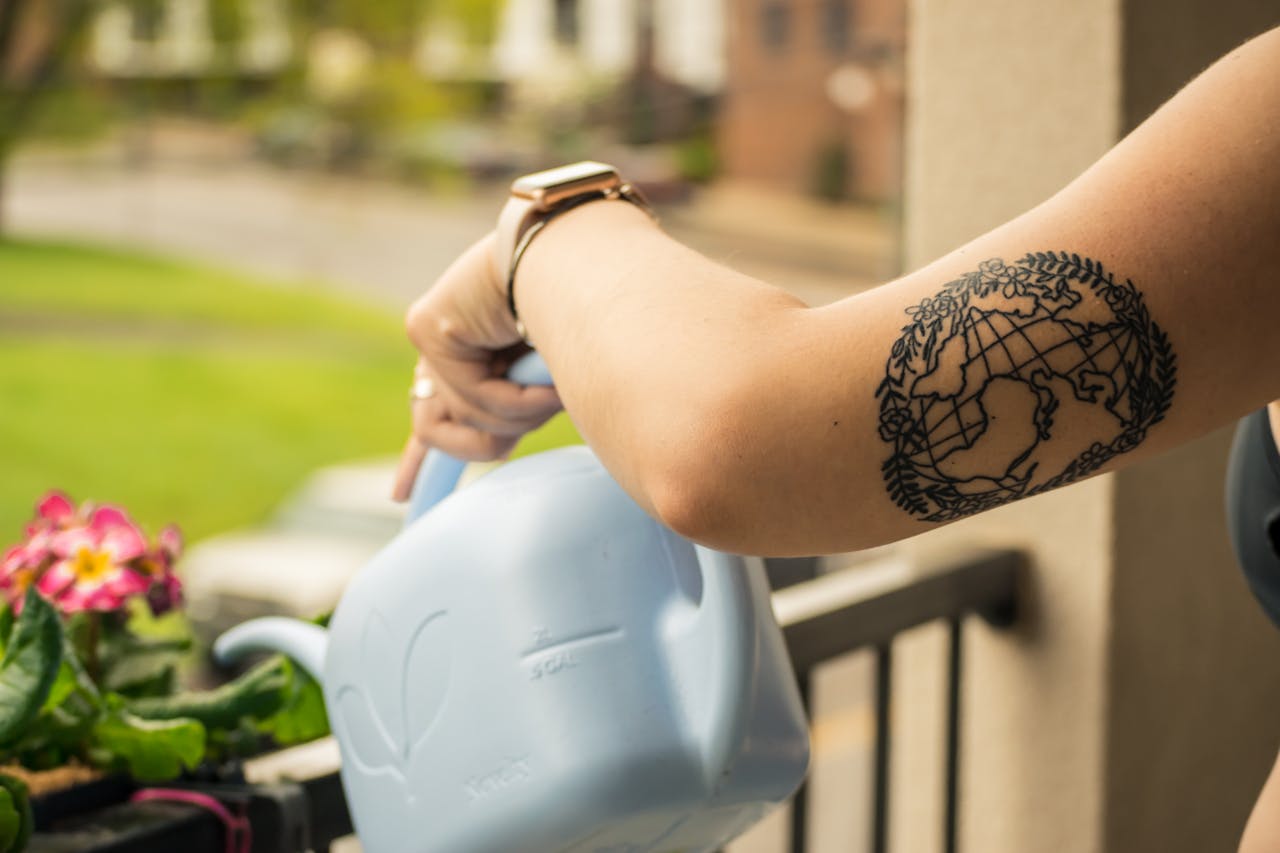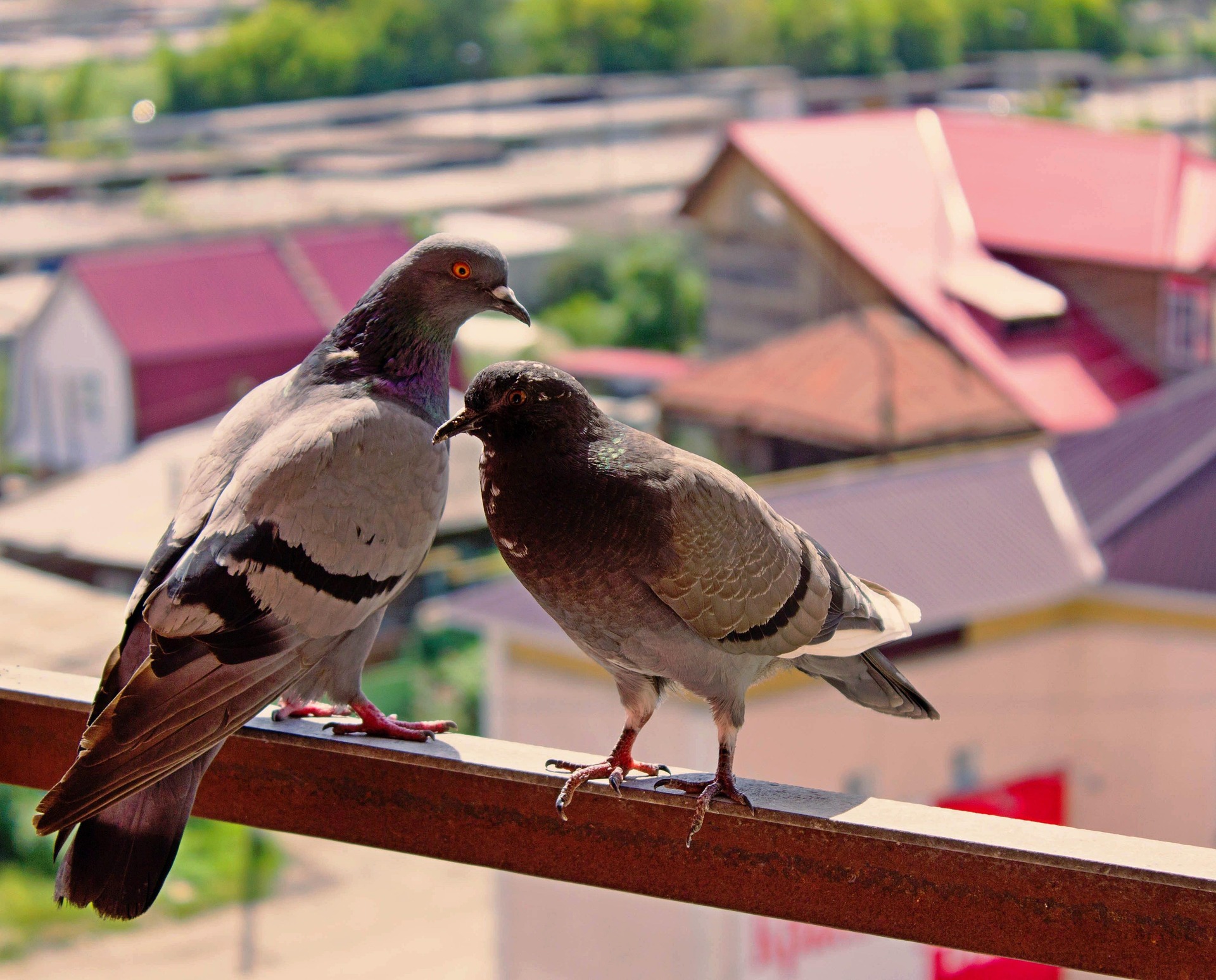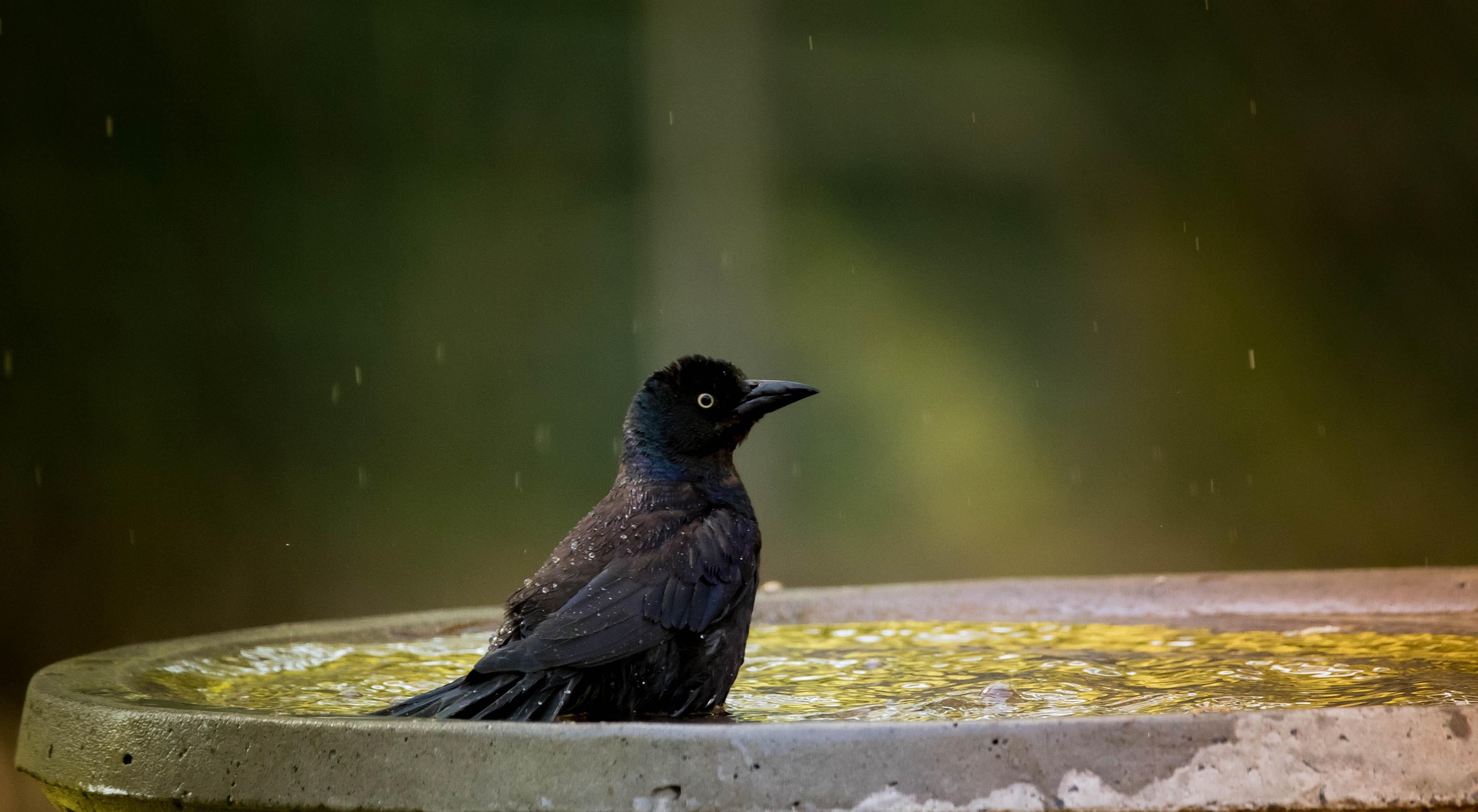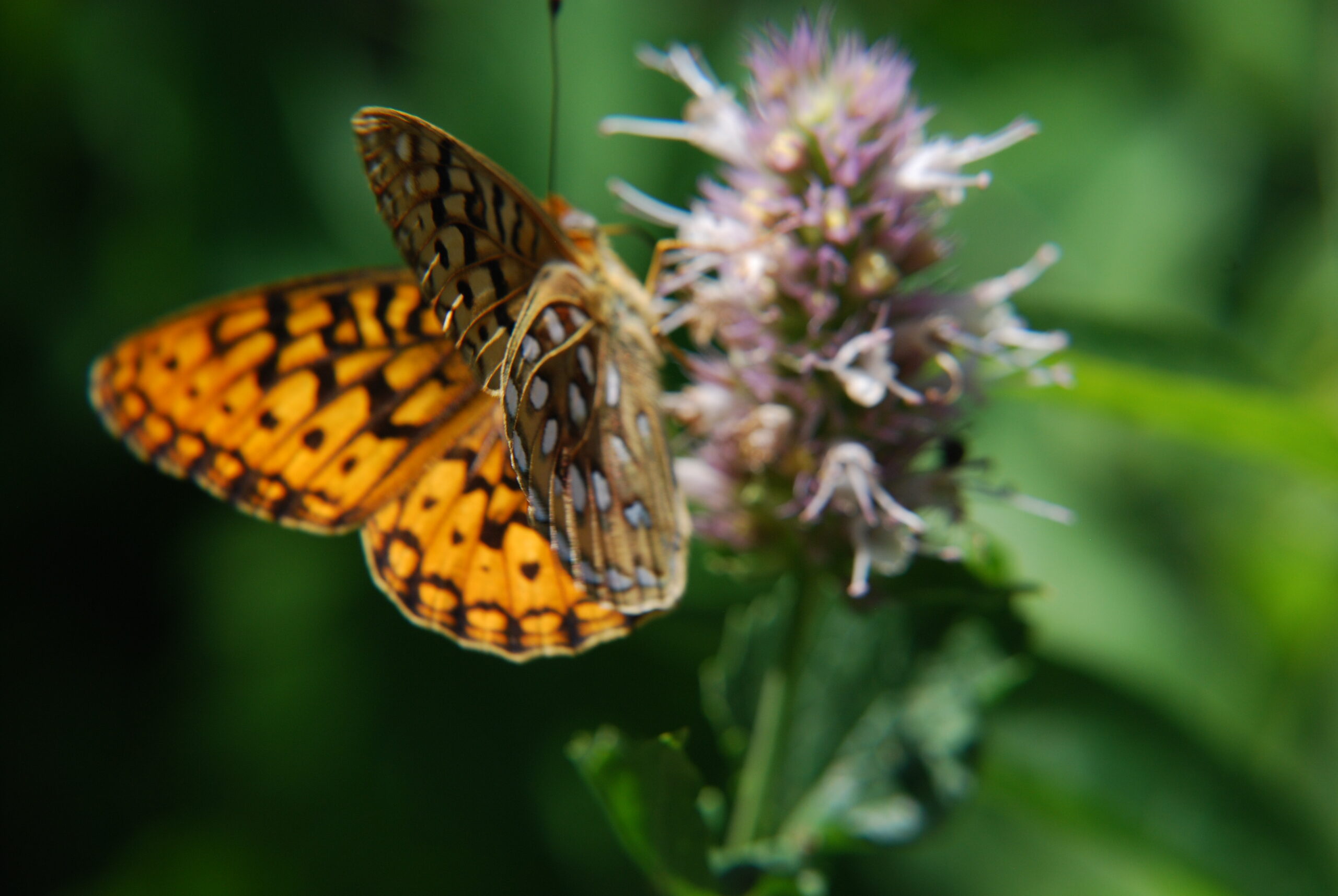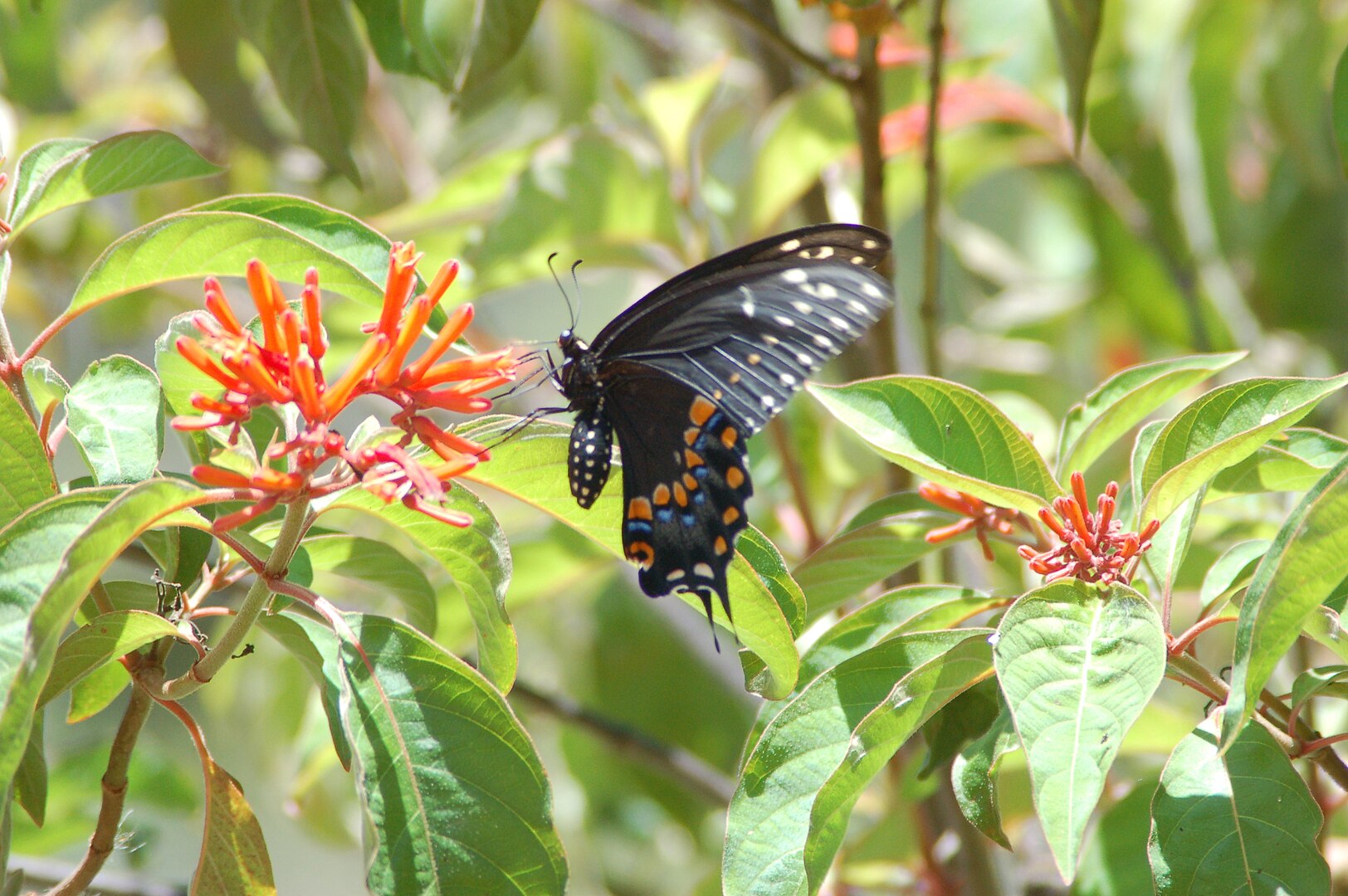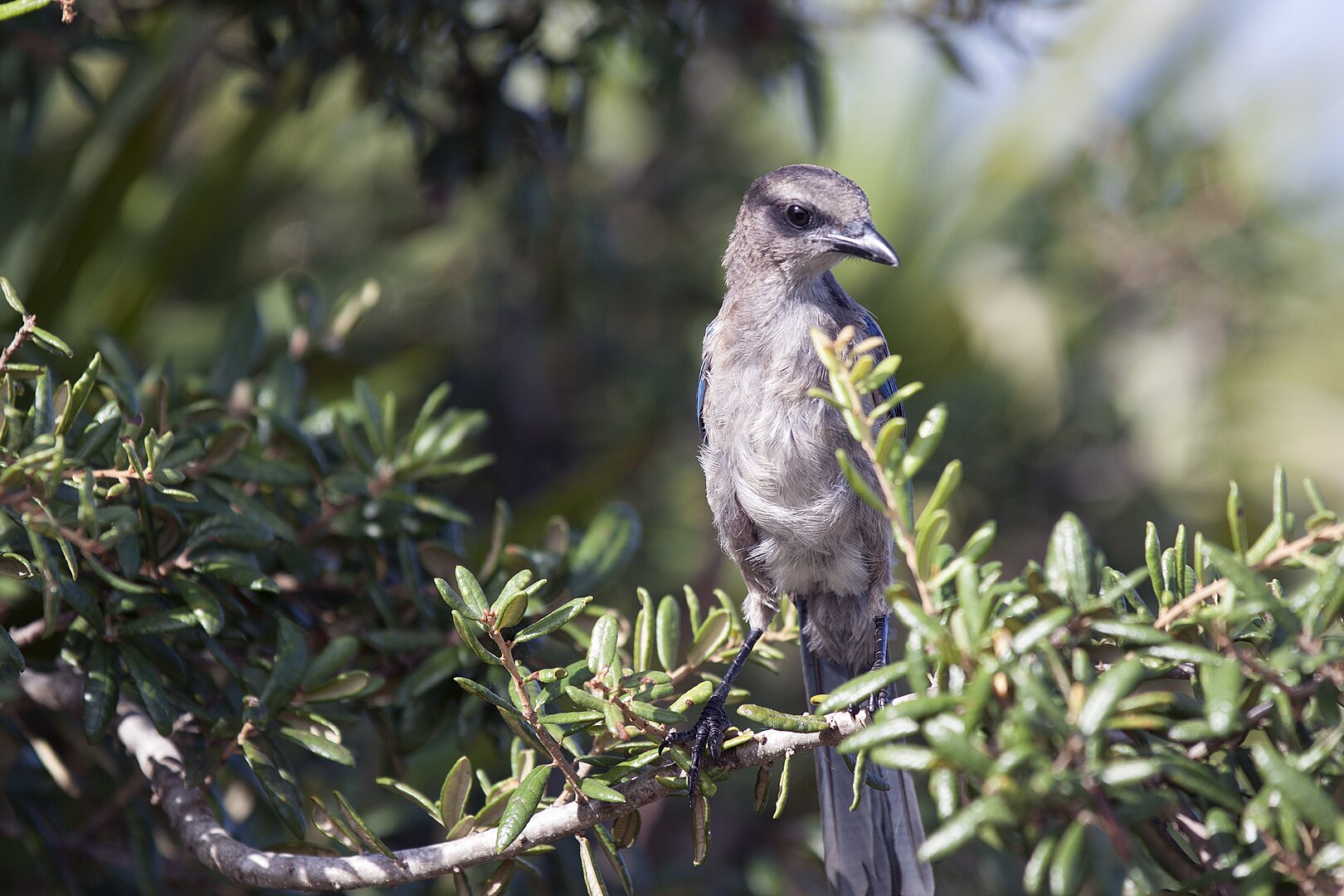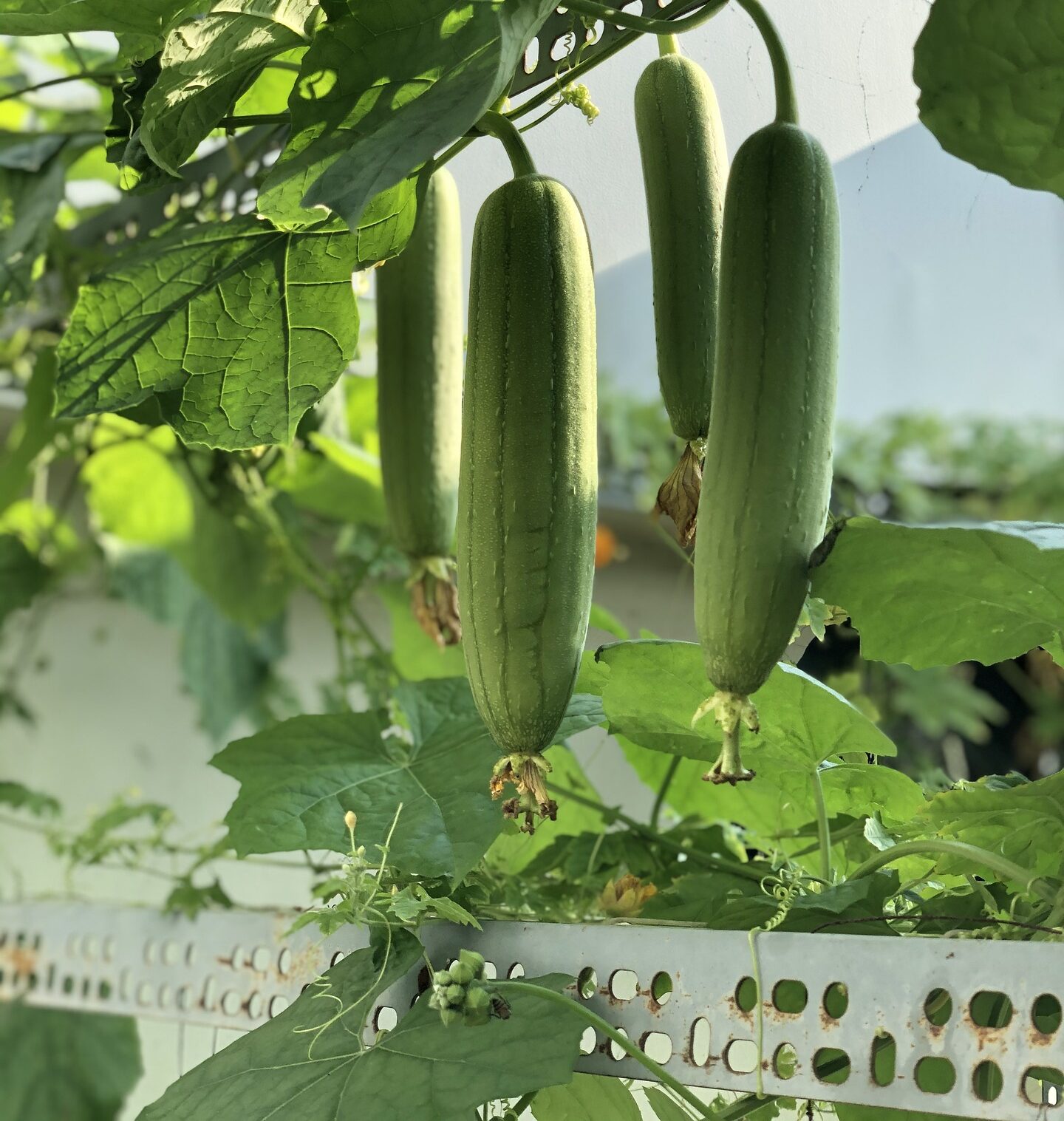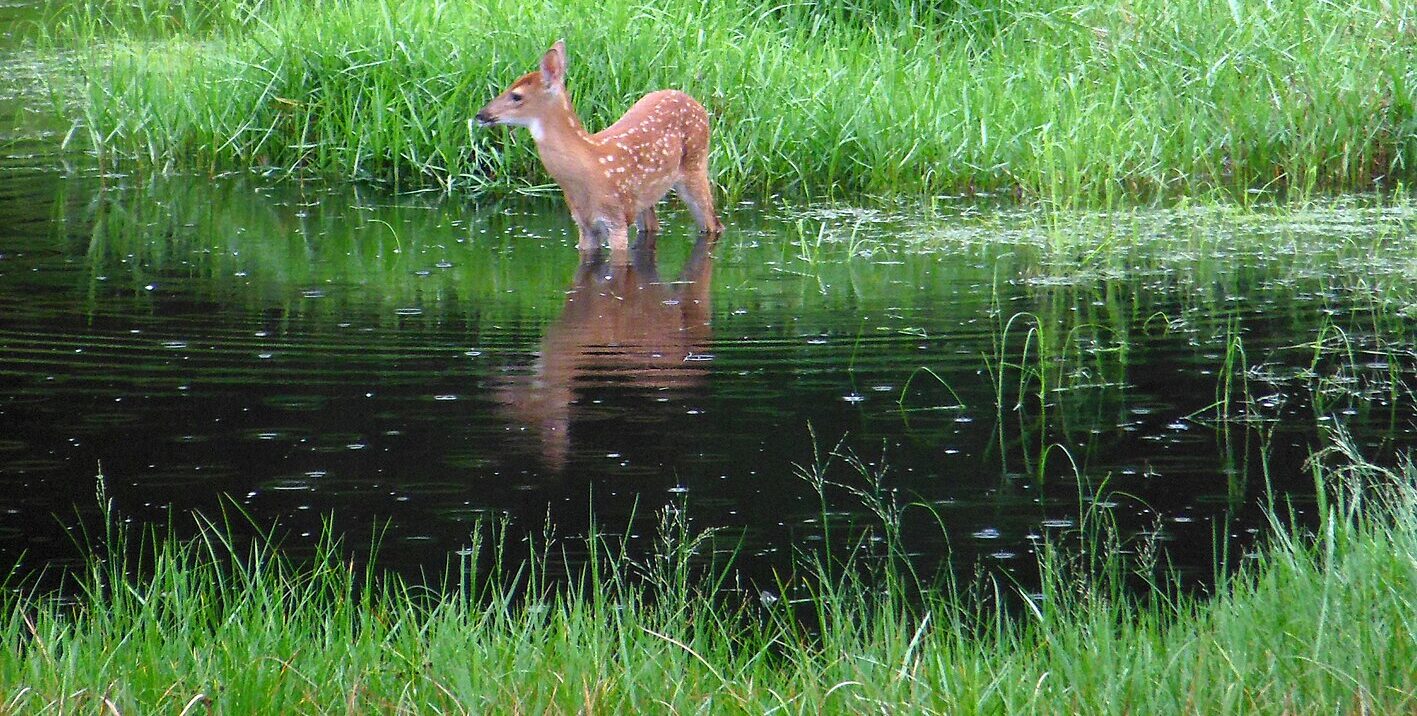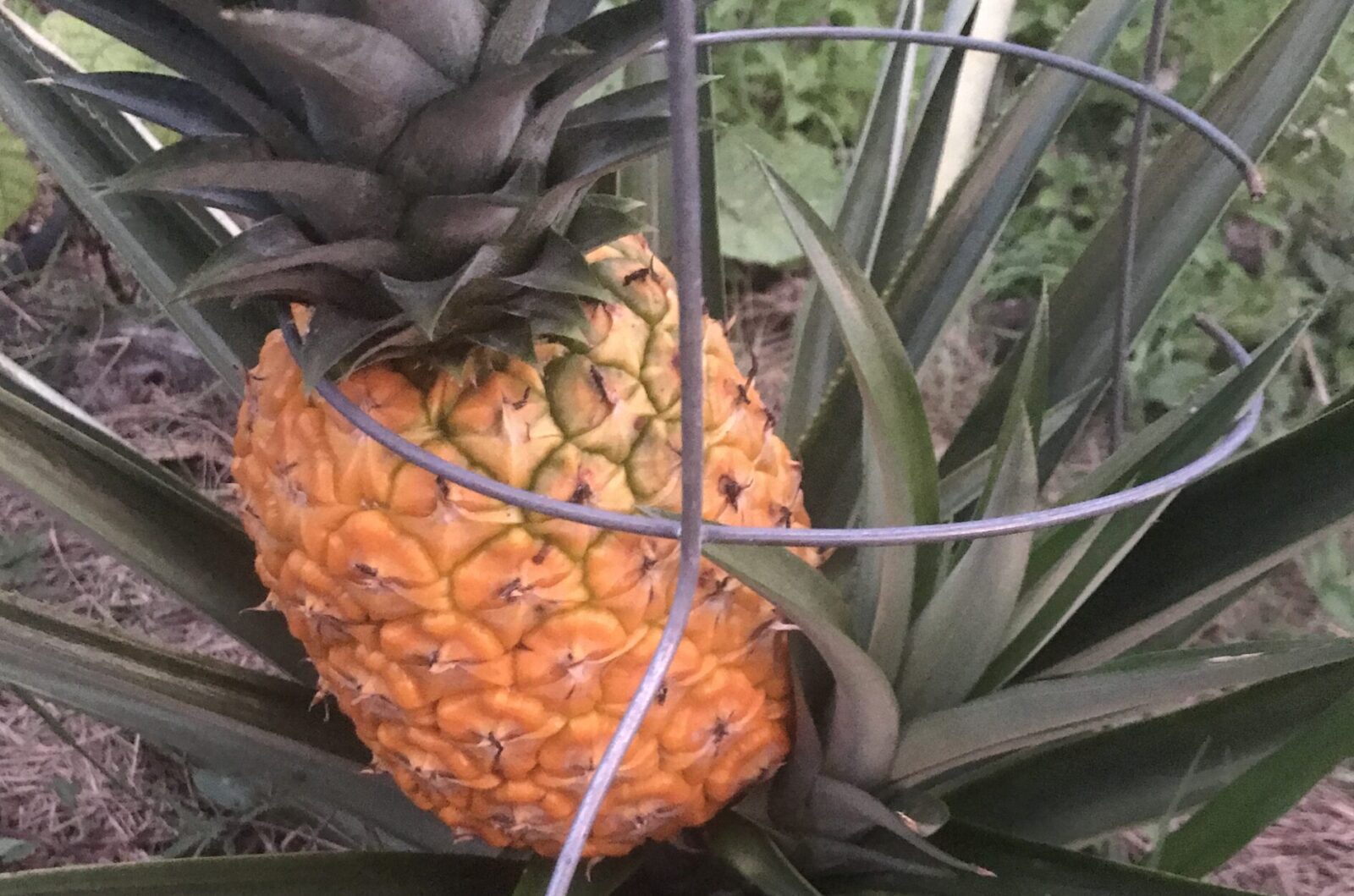Container plants in Florida can lose up to 2-3 times more water than their ground-planted counterparts due to increased evaporation…
Florida’s unique climate allows for year-round gardening, even in the smallest spaces. Whether you’re living in a Miami high-rise or…
Water is the lifeblood of any successful wildlife garden, and in Florida’s warm climate, providing reliable water sources becomes even…
Florida’s extraordinary butterfly diversity – with over 200 species including many found nowhere else on Earth – makes it an…
Creating a wildlife-friendly landscape with native Florida shrubs is not just an act of beautification but a meaningful contribution to…
Trees are quite literally the backbone of any wildlife-friendly Florida garden. They provide the structural framework that supports entire communities…
Growing luffa from seed is a practical and rewarding way to produce your own natural sponges at home. Often called…
Beyond the manicured lawns and imported ornamentals that have become standard fare in suburban developments lies a more sustainable and…
Are you dreaming of harvesting exotic fruits from your own backyard? Our unique climate makes it the perfect place to…
Food prices are climbing fast, with the Tampa Bay area in Florida showing the highest spike in prices in the…
